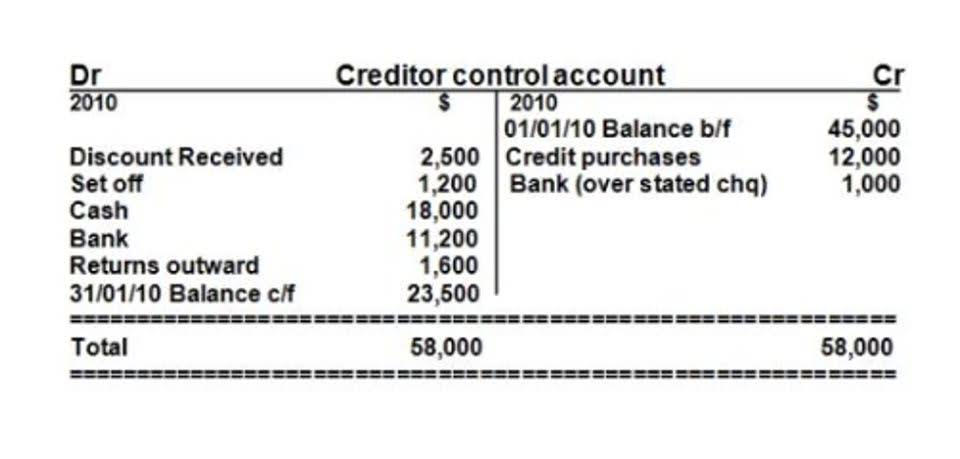
First, you would determine the employee’s regular rate of pay by dividing their weekly salary by the number of hours that salary is meant to cover—and then multiplying that number by 1.5. An employee’s workweek is a fixed and regularly recurring period of 168 hours — seven consecutive 24-hour periods. The department conducted extensive engagement with employers, workers, unions and other stakeholders before issuing its proposed rule in September 2023, and considered more than 33,000 comments in developing its final rule. The updated rule defines and delimits who is a bona fide executive, administrative and professional employee exempt from the Fair Labor Standards Act’s overtime protections.

Fee Basis
This overtime policy template details procedures for managing overtime pay compliance for nonexempt employees. A motor vehicle operator who operates only within a 16 km radius of his or normal balance her home terminal and is not a bus operator. Under the Commercial Vehicle Drivers Hours of Service Regulations, you must also keep detailed logs of the hours of work of motor vehicle operators. The U.S. Department of Labor requires that employees whose salary is equal to or less than $684 a week ($35,568 annually) must receive overtime, even if they are classified as exempt. This rule has little effect on non-exempt (hourly) employees because they are already paid overtime if they work at least 40 hours per week. In a news release, the DOL said its final rule would expand overtime protections “to lower-paid salaried workers.” The opportunity to be paid overtime could be meaningful for some workers.
Millions more salaried US workers are set to be eligible for overtime pay starting July 1

This document is intended only to provide clarity to the public regarding existing requirements under the law or agency policies. Exempt employees must be paid for any week in which they do any work; they don’t have to be paid for a week in which they didn’t work. This final rule rescinds the Independent Contractor Status Under the Fair Labor Standards Act rule (2021 IC Rule, 86 FR 1168), that was published https://www.bookstime.com/ on January 7, 2021. The new OT rule includes language that permits the DOL to temporarily delay any subsequent increases.
- See other fact sheets in this series for more information on the exemptions for executive, administrative, professional, computer and outside sales employees.
- Department of Labor (DOL), and SHRM’s Chief of Staff and Head of Government Affairs, Emily M. Dickens, J.D., about a comprehensive overview of the new rule governing overtime pay.
- The move marks the largest expansion in federal overtime eligibility seen in decades.
- Most of the additional workers who will now qualify for OT are in professional and business services, health care, and social services as well as financial activities, EPI said.
- The U.S. Department of Labor on Tuesday unveiled a new rule that will extend overtime pay to salaried workers who earn less than $1,128 per week, or $58,656 annually.
Q: What employers are impacted by the changes made by the final rule?
Department of Labor (DOL), another estimated three million could be impacted on Jan. 1, 2025. A receptionist role would qualify under the administrative exemption according to the Department of Labor, but whether they’re qualified for overtime pay would be dependent on their salary. If their salary is more than $684 per week, they would be considered exempt and ineligible for overtime pay.

New Overtime Rule Raises Salary Level in Two Phases
- Starting July 1, 2027, the DOL also will automatically increase the overtime threshold every three years.
- If you are eligible, the Fair Labor Standards Act gives you the right to earn overtime pay.
- You might also check with your state’s labor department to see if they have different comp time regulations.
- Employers continue to be permitted to use commissions, nondiscretionary bonuses and other nondiscretionary compensation earned during a 52-week period to satisfy the total compensation requirement.
- Employers may use nondiscretionary bonuses and incentive payments (including commissions) paid on an annual or more frequent basis, to satisfy up to 10 percent of the standard salary level.
- Workers over 17 years of age who have worked for 12 weeks in the enterprise shall be remunerated according to the wage groups under which their work is classified.
But many salaried workers are exempt from that requirement — unless they earn below a certain level. Employers may use nondiscretionary bonuses and incentive payments (including commissions) paid on an annual or more frequent basis, to satisfy up to 10 percent of the standard salary level. Additionally, if after the 52-week period, the employer has not met its financial obligation, the employer can make a final “catch-up” payment within one pay period after the end of the 52-week period to bring an employee’s compensation up to the required level. Any such catch-up payment will count only toward the prior year’s salary amount and not toward the salary amount in the year how much is overtime pay in which it is paid. This fact sheet provides information on the salary basis requirement for the exemption from minimum wage and overtime pay provided by Section 13(a)(1) of the FLSA as defined by Regulations, 29 C.F.R. Part 541. An employee’s workweek is a fixed and regularly recurring period of 168 hours — seven consecutive 24-hour periods.

